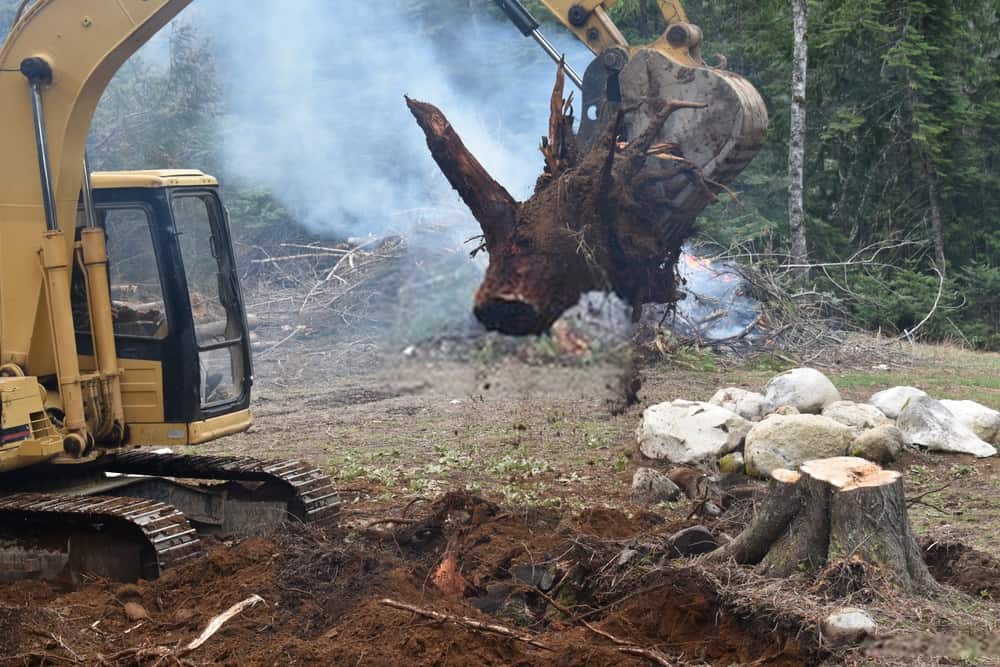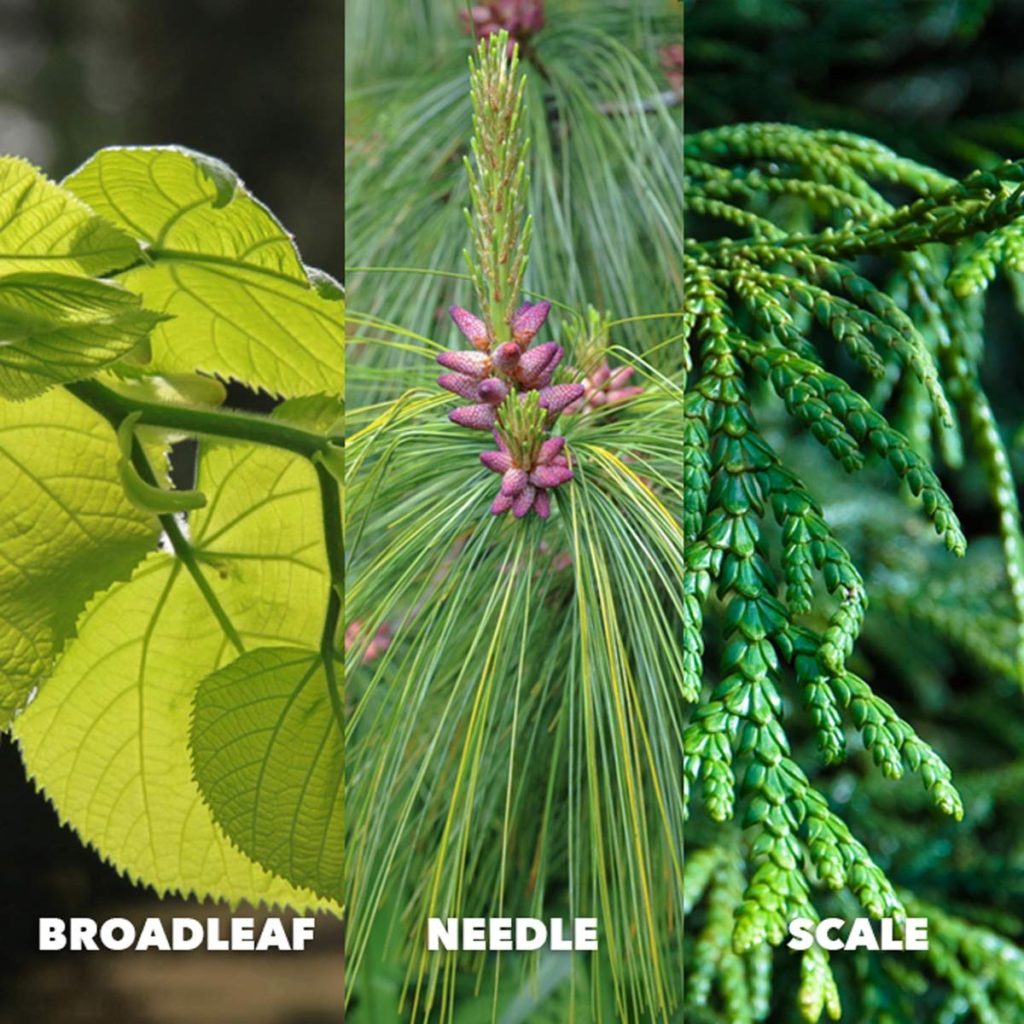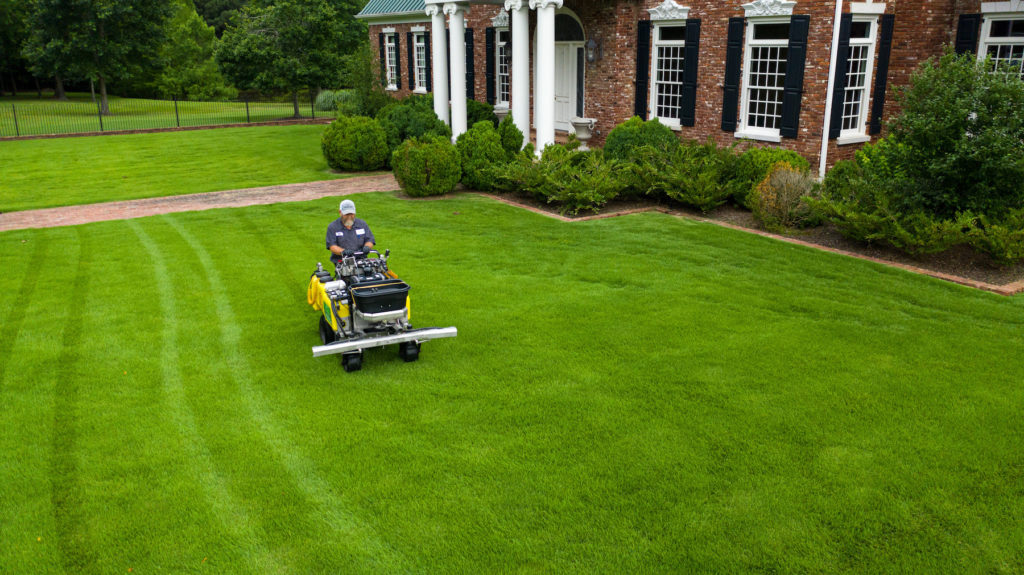[ad_1]
Termites love to live in rotting wood, old tree stumps, organic matter, and move into your home. To prevent this from happening, it’s important to use a reputable Stump Grinding Ipswich service.
Termites love to colonise old tree stumps
Termites are not only a nuisance, they can also cause serious damage to your home. They are small insects that are known to feed on almost anything with cellulose. They are found throughout the world, except for Antarctica.
Termites are known to feed on wood, including dead trees and stumps. They are attracted to soft, rotting wood. They are also attracted to moist, warm, dark places.
One way to prevent termites from colonising your property is to eliminate all wood that has been exposed to moisture. You can also prevent termites from entering your home by installing chemical barriers to stop them from entering your home.
Termites use their underground roots to gain access to wooden support structures. If they are not able to get through, they will move on to other wood.
Termites love to move into a cosy home
Termites are not a pest to be trifled with. These little bugs can cause a lot of damage to your home before you know it. They can also cause an allergic reaction. If you are a home owner, it’s time to take action.
To make sure you don’t get a swarm of termites, there are a few things you can do. First, you need to check your home for moisture. Termites are particularly prone to moisture.
Second, you need to be aware of the best way to control the moisture in your home. This could be by installing new gutters, fixing leaky spigots, or addressing conditions that allow rainwater to dampen the soil around your outside walls.
Third, you need to know what termites eat. These little bugs are known for their ability to eat wood. They can feed on just about anything made of cellulose. This is a sugar molecule found in plant and animal materials.
Termites love to colonise rotting wood or organic matter
Termites are social insects that live in colonies. They eat decaying wood and other plant materials. They have a complex pheromone communication system. This includes pheromones that are alarm pheromones. They also use ventilation systems.
The food of termites is cellulose. It occurs naturally in wood and in tree roots. It is a major food source for many species of detritivores. It is an important source of energy for termite colonies. The presence of bacterial protozoa in the gut of termites is known to help them digest cellulose.
A termite colony may have hundreds of underground termite nests. This structure is important for maintaining a humid environment. The colony is founded by a queen termite. It takes three to five years for a colony to grow large enough to cause serious damage.
[ad_2]




